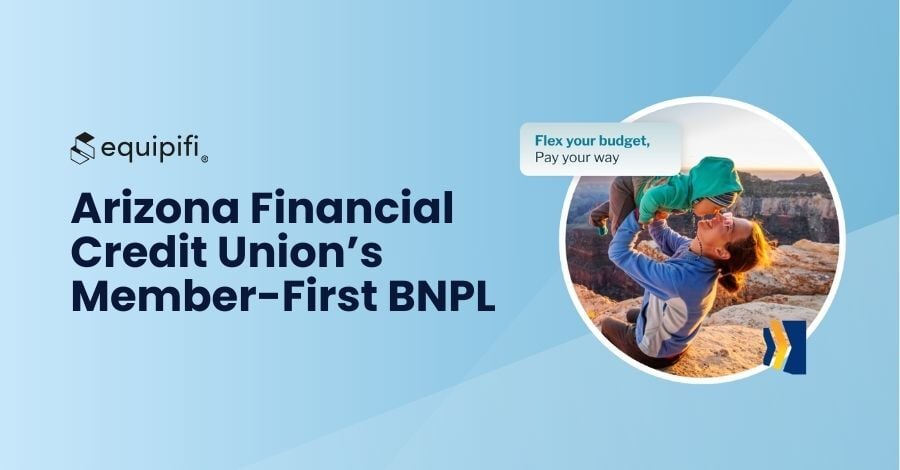While consumers have always needed to finance purchases, a BNPL solution hasn't always been available from their financial institution. That is, until we had the technology to enable it.
Due to the small-dollar, short-term nature of BNPL loans, the cost to underwrite and service them was not viable for financial institutions given the size of the loan (the average BNPL loan today is around $200), nor feasible at the volume at which they would occur.
Today, with BNPL technology streamlining the process, BNPL from financial institutions (collectively known as Bank BNPL) has become not only a feasible service for a better banking experience, but also a revenue generating investment. Banks and credit unions are able to leverage automation to increase customer engagement. Advanced BNPL solutions can also perform complex functions like automated real-time offers at scale.
But how should financial institutions think about compliance when issuing BNPL loans in the form of software enabled underwriting?
Regulatory and compliance questions to consider for BNPL
Fred Rubin* is a consultant to banks conducting comprehensive analysis of credit risk functions. Below, he outlines several questions financial institutions may have when investing in their own BNPL solution, and what to consider from a regulatory perspective.
- How does issuing BNPL loans impact disclosures?
If the financial institution offering BNPL loans doesn’t have BNPL in their underwriting guidelines today, it should be added. To do so, they should adopt the terms and conditions for BNPL that they want in effect. - How do exceptions work with software-enabled BNPL?
Since software enabled BNPL does not allow for exceptions, a loan officer would need to manually intervene to book a BNPL loan outside of the designed workflow. If this is something that your institution will allow, make sure the process is documented. - What should financial institutions expect in an audit?
Auditors are likely to treat a financial institution’s BNPL program like any other consumer loan program. The auditor will look at BNPL first as a part of their overall review of the financial institution and then evaluate the BNPL program as a part of that scope.
Whether or not your BNPL underwriting is software enabled, make sure to document the underwriting process, the process is defensible and falls under your lending guidelines, and follow that process. - How is the Military Lending Act (MLA) applied in BNPL loans?
The MLA provides special protections for active duty service members. If your financial institution is offering BNPL and your cardholders include those who would benefit from MLA, it is important to ensure that your BNPL program reflects these consumer protections. Many financial institutions may choose to apply the protective measures of the MLA universally within their BNPL program. - Do I have to report the BNPL loans my financial institution issues?
Today, no regulation stipulates that BNPL issuers must report BNPL loans to the credit bureau. Thus, it is up to the financial institution issuing the BNPL to decide.
Here’s the bottom line:
When financial institutions issue BNPL loans, these loans fall under the same compliance and regulatory guardrails as existing loans they issue. Today, BNPL from financial institutions are offered by large banks such as Chase Bank and US Bank, community banks, and credit unions (sometimes called Credit Union BNPL).
“BNPL from financial institutions is an extension of credit according to federal and state regulations,” explained Rubin. “Even with use of technology, BNPL is still a form of lending, just with a new delivery system.”
*Fred Rubin was formerly the Chief Credit Officer at financial institutions (FIs) such as PenFed Credit Union, Pacific Mercantile Bank, and National Cooperative Bank. He has also served as the National Bank Examiner at the Office of the Comptroller of the Currency (OCC). For more regulatory and compliance information on BNPL, reach out to marketing@equipifi.com.





SHARE